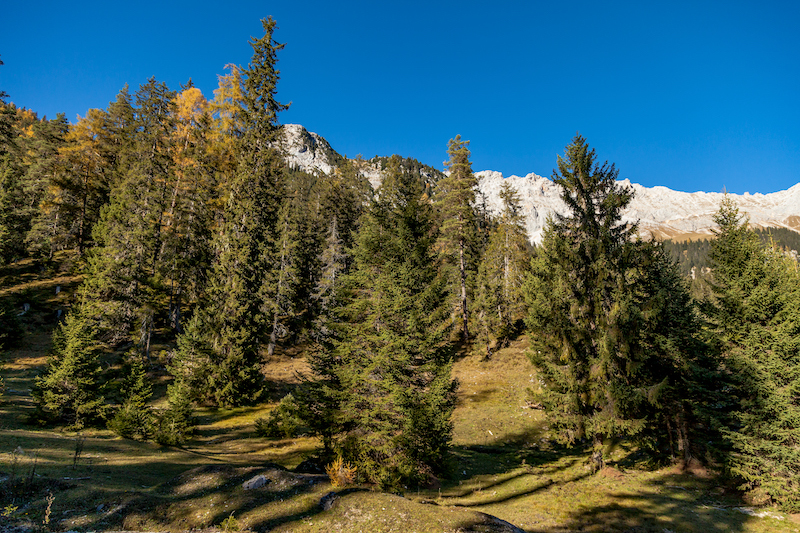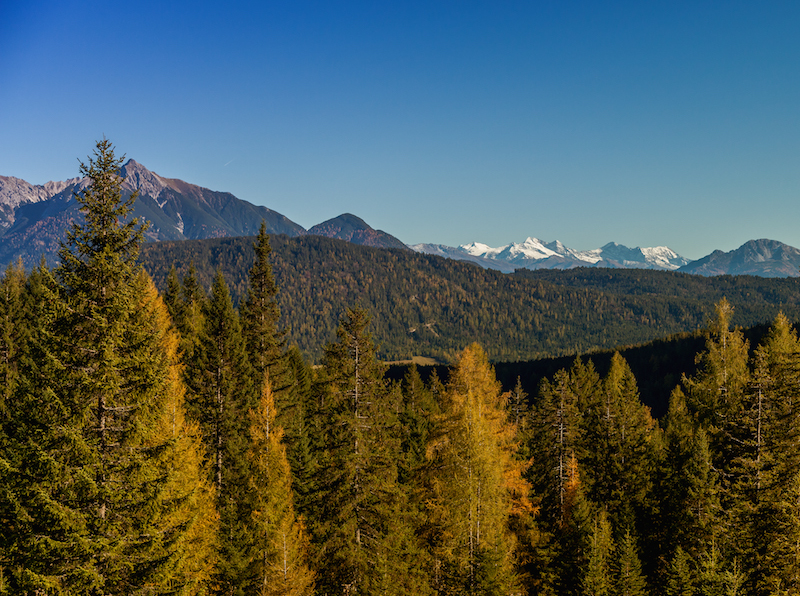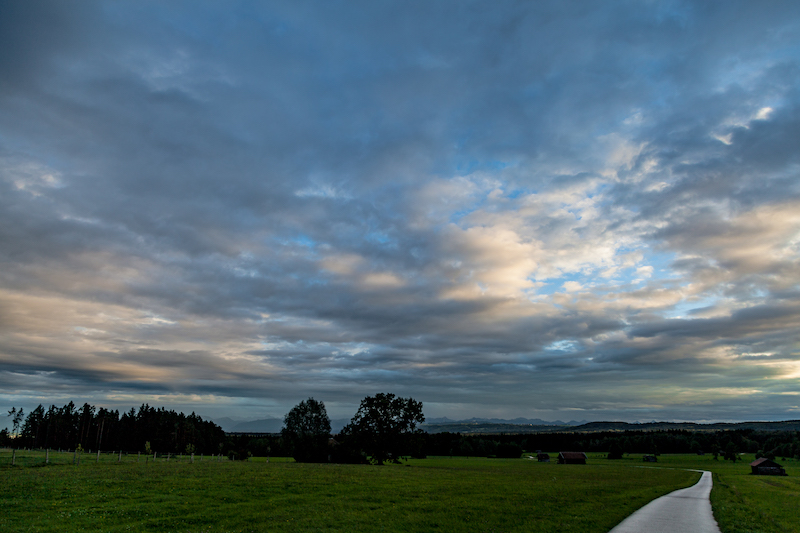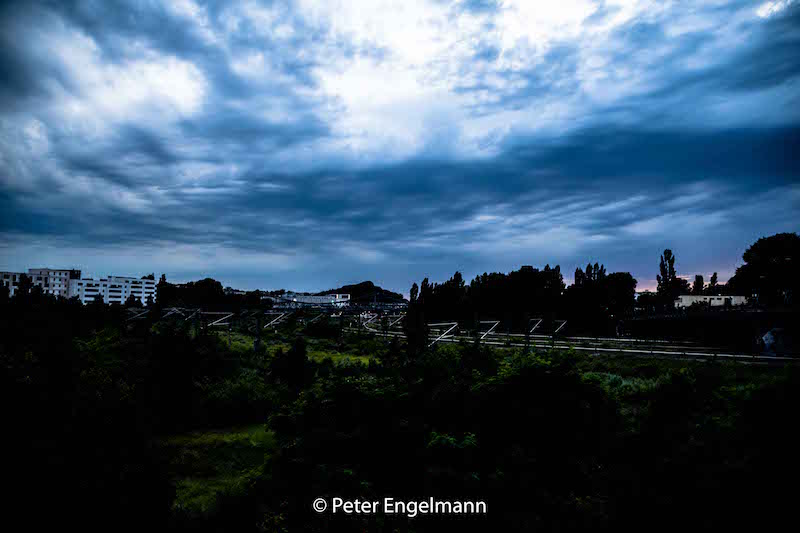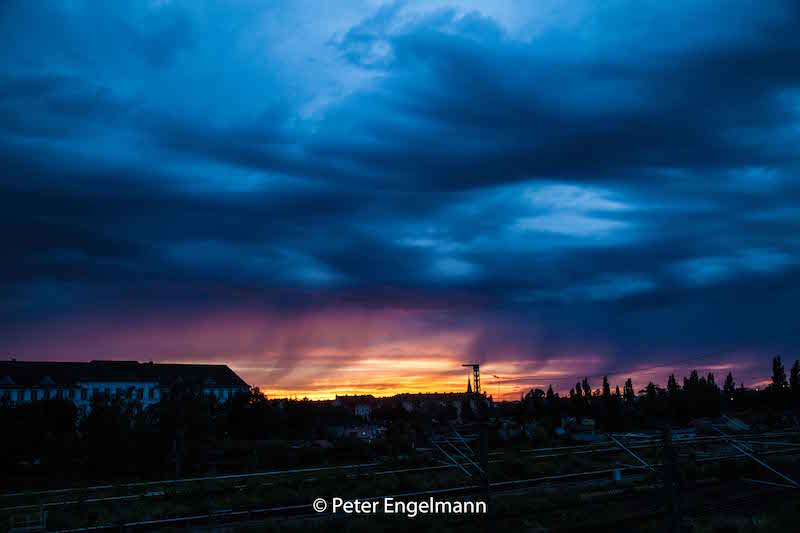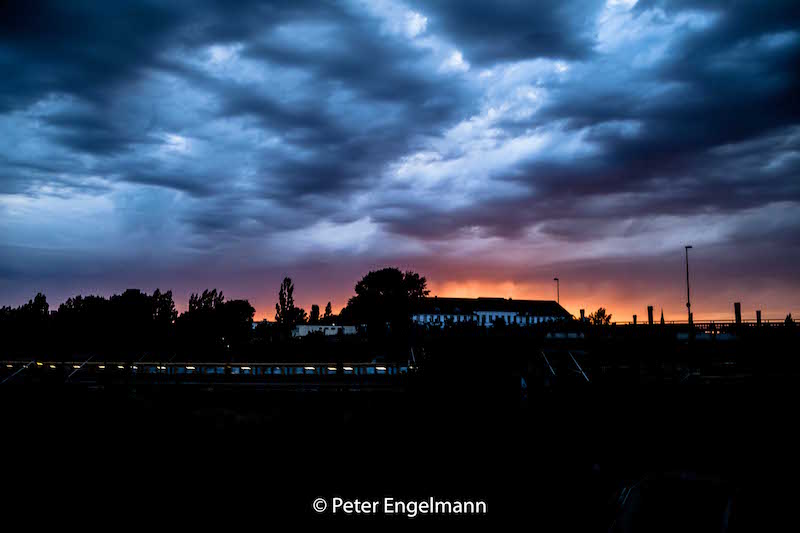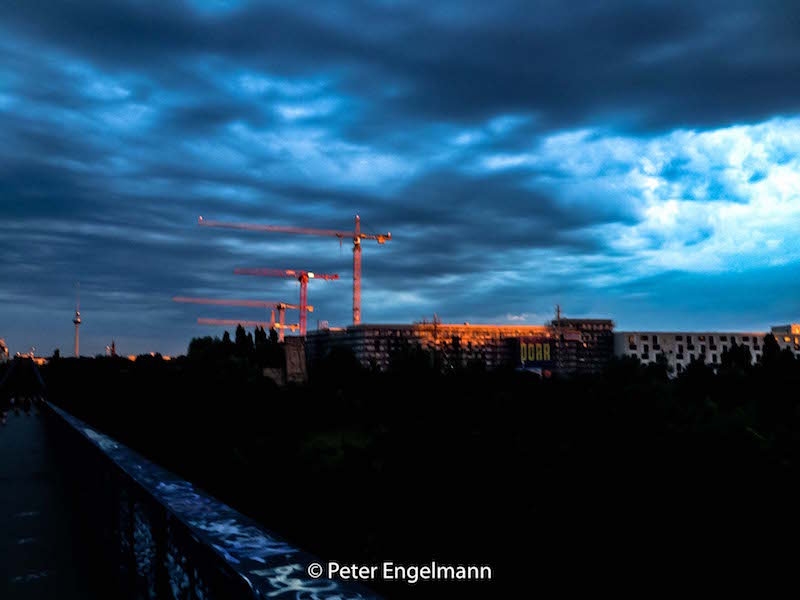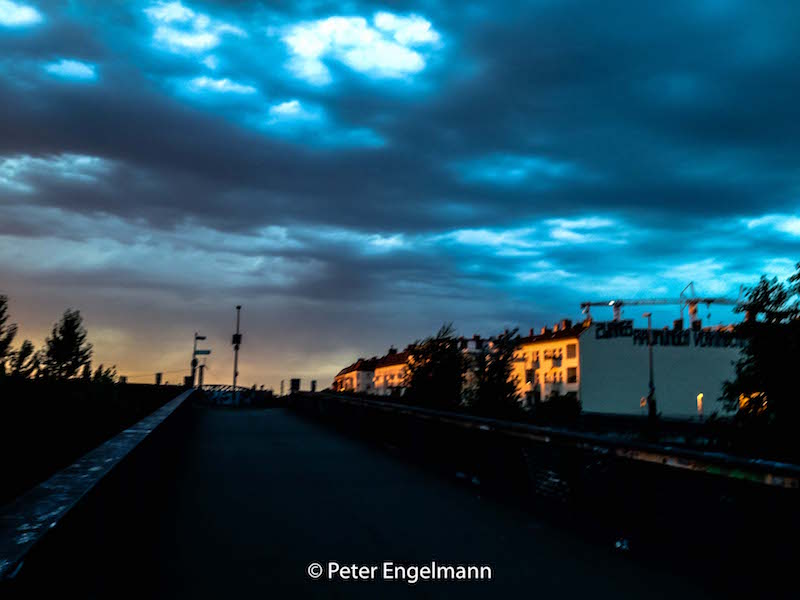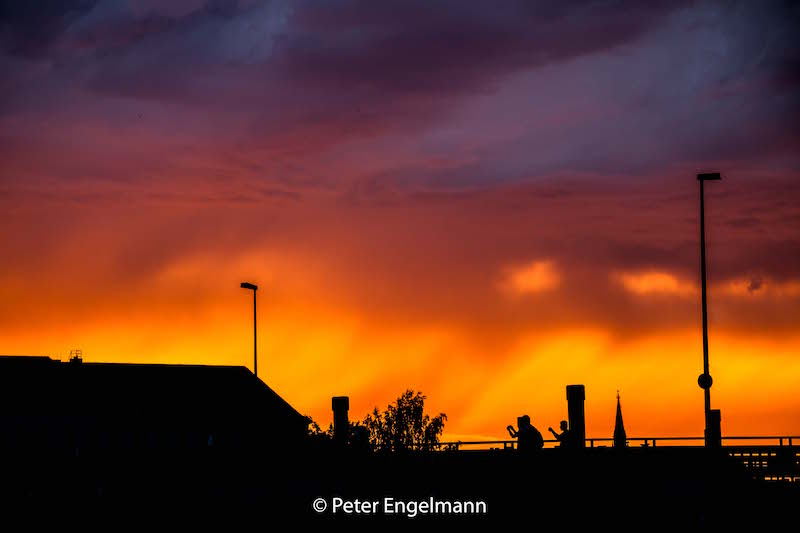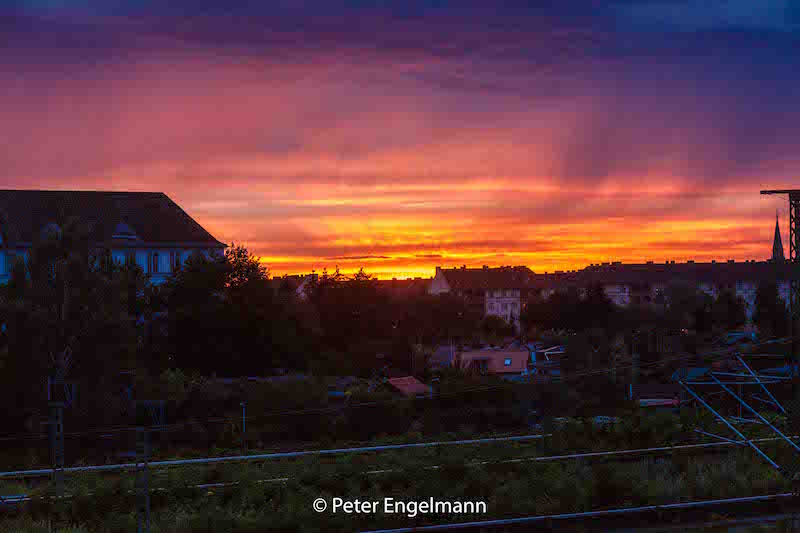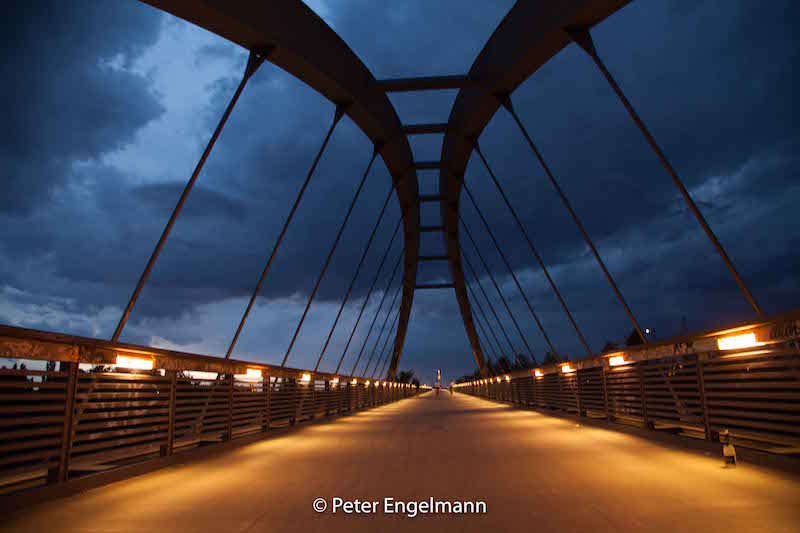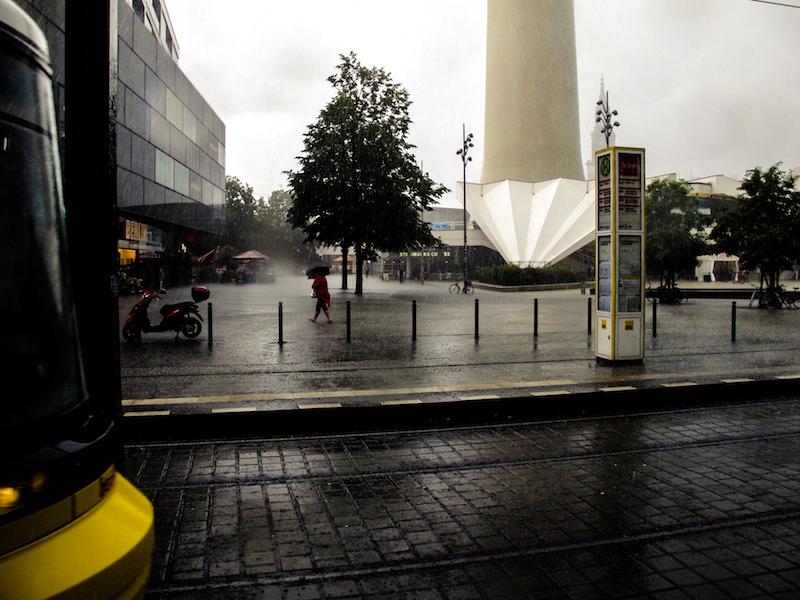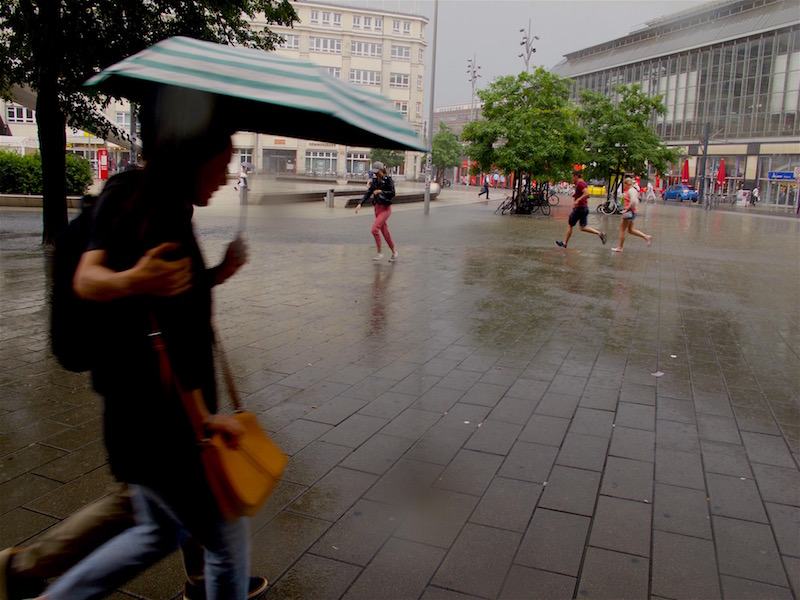Indian Summer And Blue October Sky, October 14, 2017
New temperature records were reached between October 11-17, 2017 in Eastern Germany. There was a long-lasting period of warm dry weather as in the same time Ireland and England got hit by devastating Hurricane Ophelia.
Even there are a few new extreme weather patterns the warm weather in autumn, however, is a normal phenomenon called “Indian Summer”. A term coined in Northern America it became synonymous with the time of colored trees and warm temperatures after the first cold days in autumn. In Middle Europe often a long-lasting high-pressure system is responsible for these periods of stable warm weather. However, due to the time of the year, it’s often accompanied by mist in the morning hours.
In the alpine region, the warm temperatures can be also created by the “Foehn“. There is also another term “Golden October” when the sun shines still bright and most of all we see a brilliant blue sky.
The sky is particularly impressing when going into the Alps where the sky is even bluer. The still strong sunlight bathes the mountains in a warm colored light.
This is a good time for photographers. The October sky is great for intense colors and even the days are already much shorter there are enough hours of sunshine.
The following pictures were taken at the south-side of the “Wetterstein-Mountains” in the Leutasch valley. The most famous mountain of the Wetterstein mountain is the “Zugspitze” near Garmisch. The Leutasch valley in Austria is less crowded and a great hiking area. One trail leads to the “Wettersteinhütte”, a cozy mountain cabin. Up there, there is a great panorama of mountains on all sides at a height of 1720 meters.
Hikers love October because you have this spectacular distant view. The air is not so hot and humid as in summer and you can look very far. From the cabin (The “Wettersteinhütte”) the glaciers of the Tuxer Alpen (Tyrol) were visible that day. Morning hours are often the best time, thus it’s good to start the trip very early.
In the afternoon there are soon long shadows. Strong contrast is then the challenge for the photographer. Here HDR techniques could be useful. The best thing is to shoot in RAW-Mode to have a couple of options later.
An interesting phenomenon is the dynamic of the temperature during this season and type of October weather in the Alps: In the sunshine, it can be warm like in the summer. If you walk on a trail in bright sunshine it can be hot and you’ll start to sweat. However as soon as you descend into the shadows in the valley you feel an instant drop in temperature. And it doesn’t take long to get cold.
Sometimes pockets of warm air can still be felt or there is a sudden drop in temperature. Therefore hikers and photographers need to be equipped with clothes both for warm temperatures and colder temperatures. Nights can be really cold. Indian summer is a tricky thing – it feels like summer but it isn’t.
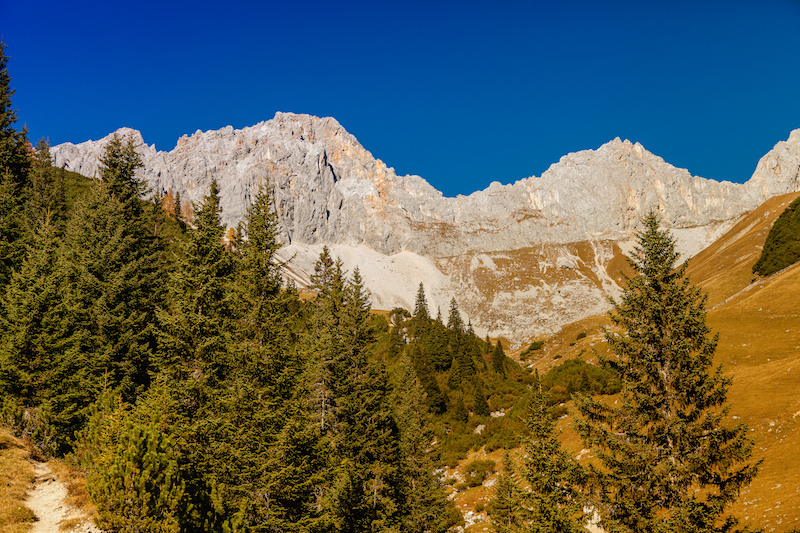 /a>
/a>
